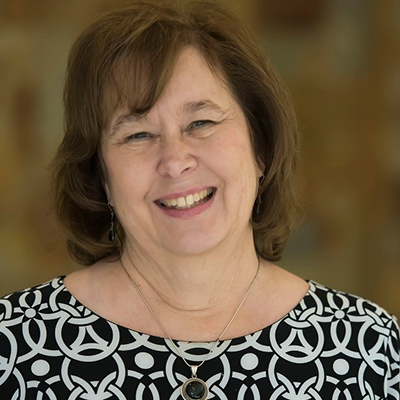




Global Learning Outcomes
Including global learning outcomes in a course syllabus indicates to students the importance of the international topics covered in the course. Examples include:

International Courses
NURS 4240, Cultural Expeditions in Health Care – Kathy Jo Ellison, DSN, RN, CIP

International Case Studies
Danny Butler

Content forthcoming ...